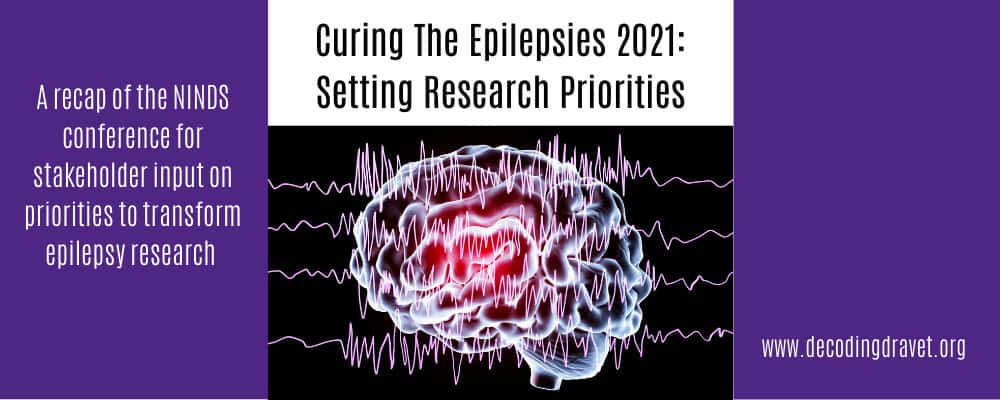Why be cautious about sharing personal experiences in an active clinical trial?
With so many clinical trials for Dravet syndrome actively enrolling, it is an important time to consider the impacts that talking about experiences in an ongoing trial can have on the outcomes. If you are participating in a clinical trial and observing particularly profound changes following treatment, it can be quite tempting to share that […]
Why be cautious about sharing personal experiences in an active clinical trial? Read More »





